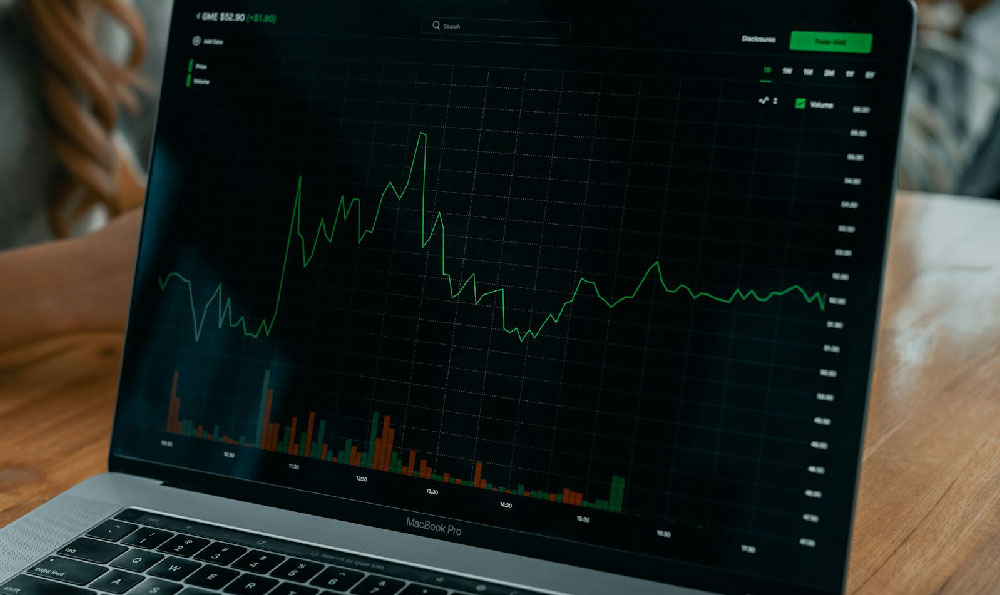Ripple (XRP) has been a controversial yet captivating cryptocurrency since its inception. Its purpose-built design for facilitating international money transfers sets it apart from more decentralized cryptocurrencies like Bitcoin and Ethereum. This singular focus, coupled with Ripple Labs' efforts to partner with financial institutions, presents both potential benefits and inherent risks for investors. Navigating the landscape of Ripple investments requires a thorough understanding of its technology, its market position, and the regulatory environment surrounding it.
Before delving into potential benefits, it's crucial to address the risks. The most significant of these is regulatory uncertainty. Ripple Labs has faced ongoing legal challenges, most notably with the Securities and Exchange Commission (SEC) in the United States, regarding whether XRP should be classified as a security. The outcome of this legal battle has a profound impact on the price and accessibility of XRP for US investors. An unfavorable ruling could significantly depress its value, while a favorable ruling could pave the way for broader adoption and price appreciation. Beyond the US, regulatory clarity in other jurisdictions is still evolving, creating a patchwork of different rules and restrictions.
Another critical risk stems from the centralized nature of Ripple and its XRP ledger. Unlike the decentralized governance of Bitcoin, Ripple Labs holds significant control over the XRP ledger. This concentration of power raises concerns about potential manipulation or censorship. While Ripple Labs argues that its control allows for faster transaction processing and more efficient updates, it also makes the network more vulnerable to single points of failure or corporate decisions that may not align with the interests of XRP holders. Investors need to carefully weigh the benefits of speed and efficiency against the potential drawbacks of centralization.

Despite these risks, Ripple investments may offer potential benefits, particularly for investors seeking exposure to the growing market of cross-border payments. The traditional system of international money transfers is notoriously slow, expensive, and inefficient. Ripple's technology aims to address these pain points by providing a faster, cheaper, and more transparent alternative. If Ripple succeeds in capturing a significant share of the cross-border payments market, XRP could see substantial demand and appreciation in value.
Furthermore, Ripple's partnerships with financial institutions, while not always directly translating into XRP adoption, demonstrate its potential to integrate into the existing financial system. Ripple Labs has actively pursued collaborations with banks and payment processors to implement its technology for various use cases, including remittances and corporate treasury management. These partnerships lend credibility to Ripple's technology and suggest that it could play a role in the future of finance. However, it is important to note that many of these partnerships utilize Ripple's underlying technology without necessarily requiring the use of XRP itself. Therefore, investors need to carefully analyze the details of each partnership to assess its potential impact on XRP demand.
So, where should one start if considering Ripple investments? First and foremost, conduct thorough research. Understand the technology behind XRP, the business model of Ripple Labs, and the regulatory landscape in your jurisdiction. Read whitepapers, research reports, and news articles from reputable sources. Avoid relying solely on social media hype or biased information.
Next, assess your risk tolerance. Ripple investments are inherently volatile and speculative. Only invest what you can afford to lose. Consider allocating a small percentage of your portfolio to Ripple, rather than putting all your eggs in one basket. Diversification is crucial for mitigating risk in any investment strategy.
Then, choose a reputable exchange or broker to purchase XRP. Ensure that the platform is secure, regulated, and offers adequate customer support. Be aware of the fees associated with buying, selling, and storing XRP. Consider using a hardware wallet to securely store your XRP offline. This reduces the risk of losing your funds due to hacking or exchange failures.
Following purchasing XRP, stay informed about developments in the Ripple ecosystem. Monitor news about Ripple Labs, regulatory changes, and technological advancements. Pay attention to the price movements of XRP and analyze the factors that are driving them. Be prepared to adjust your investment strategy based on changing market conditions.
Beyond directly purchasing XRP, explore other ways to gain exposure to the Ripple ecosystem. Some companies are developing applications and services that utilize Ripple's technology. Investing in these companies could be a way to indirectly benefit from the growth of the Ripple network. However, remember to conduct thorough due diligence on any company before investing.
Finally, consider consulting with a financial advisor. A qualified financial advisor can help you assess your financial goals, risk tolerance, and investment timeline. They can also provide personalized advice on whether Ripple investments are suitable for your portfolio. Remember that financial advice should be tailored to your individual circumstances.
In conclusion, Ripple investments present both opportunities and risks. While Ripple's technology has the potential to revolutionize the cross-border payments market, the regulatory uncertainty and centralized nature of XRP raise significant concerns. Before investing in Ripple, conduct thorough research, assess your risk tolerance, and consult with a financial advisor. With careful planning and informed decision-making, you can determine whether Ripple investments are right for you.












